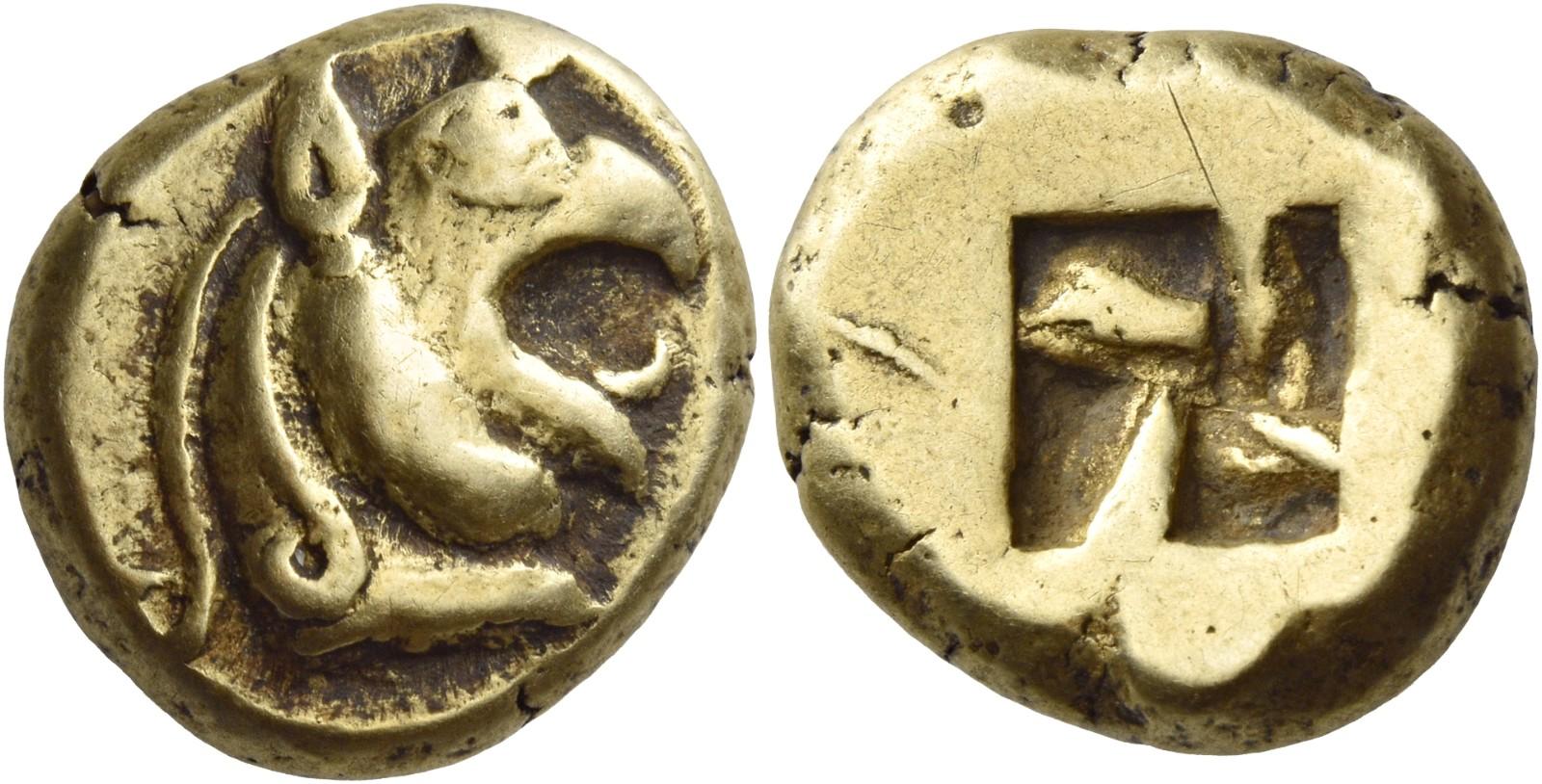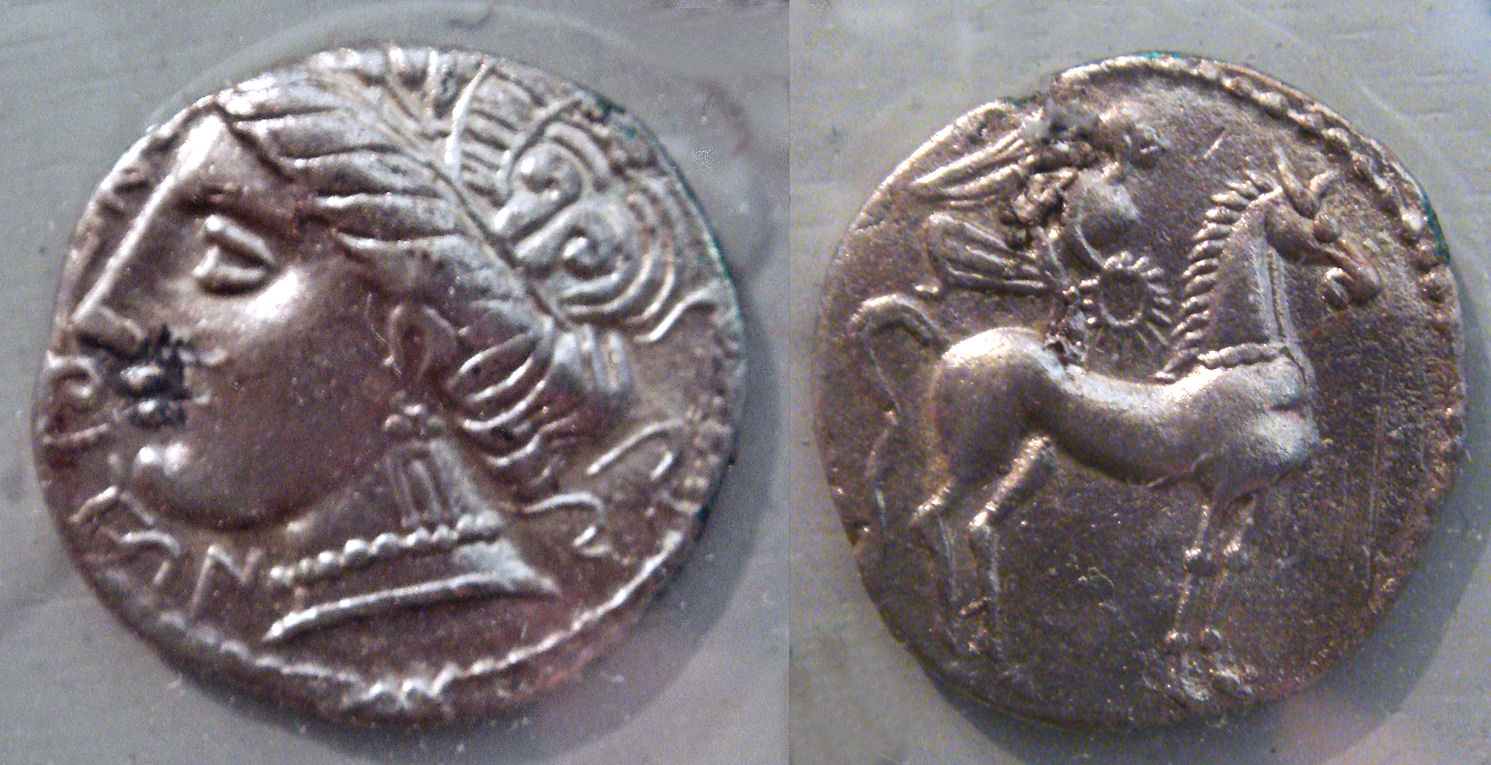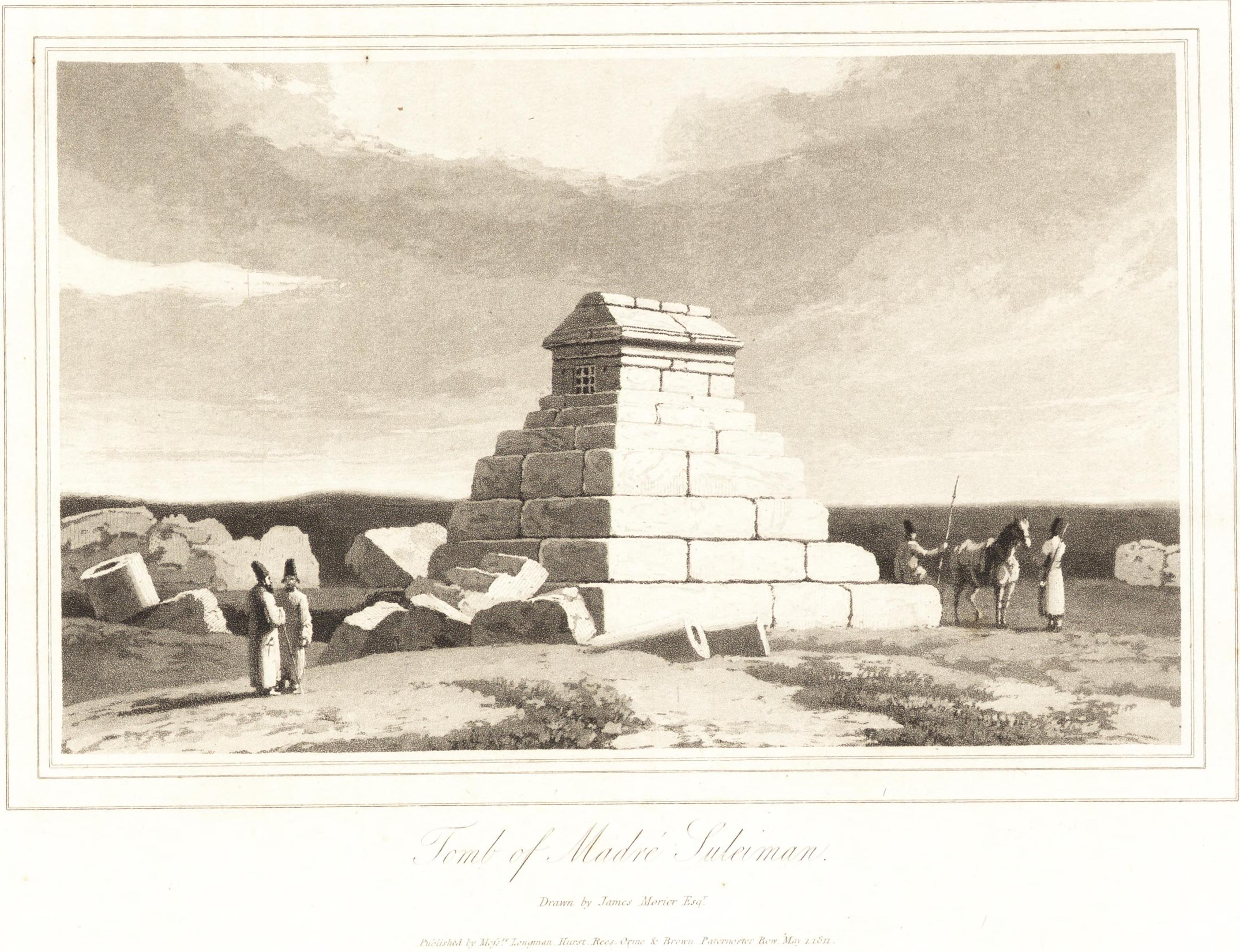|
Phocaea
Phocaea or Phokaia (Ancient Greek language, Ancient Greek: Φώκαια, ''Phókaia''; modern-day Foça in Turkey) was an ancient Ionian Ancient Greece, Greek city on the western coast of Anatolia. Colonies in antiquity, Greek colonists from Phocaea founded the colony of Massalia (modern-day Marseille, in France) in 600 BC, Emporion (modern-day Empúries, in Catalonia, Spain) in 575 BC and Elea (modern-day Velia, in Campania, Italy) in 540 BC. Geography Phocaea was the northernmost of the Ionian cities, on the boundary with Aeolis. It was located near the mouth of the river Hermus (now Gediz River, Gediz), and situated on the coast of the peninsula separating the Gulf of Cyme (Aeolis), Cyme to the north, named for the largest of the Aeolis, Aeolian cities, and the Gulf of Smyrna (now İzmir) to the south. Phocaea had two natural harbours within close range of the settlement, both containing a number of small islands. Phocaea's harbours allowed it to develop a thriv ... [...More Info...] [...Related Items...] OR: [Wikipedia] [Google] [Baidu] |
Foça
Foça is a municipality and Districts of Turkey, district of İzmir Province, Turkey. Its area is 251 km2, and its population is 34,946 (2022). The town of Foça is situated at about northwest of İzmir's city center on the Aegean Sea, Aegean coast. The district has a settlement and former municipality named Yenifoça (literally ''"New Foça"''), also along the shore and at a distance of from Foça proper. For this reason, Foça itself is locally often called as Eskifoça (''"Old Foça"'') in daily parlance. The town is built on the site of the ancient Greek city of Phocaea (). History The town of Phocaea (Φώκαια) was founded by ancient Greeks. Phocaea, named after the seals living in nearby islands, was founded by the Aeolians, Aeolian Greeks in the 11th century BC. Ionians, Ionian Greek settlement in Phocaea, which was one of the most important settlements of Ionia at that time, started in the 9th century BC. Phocaeans, known as master sailors in history, also est ... [...More Info...] [...Related Items...] OR: [Wikipedia] [Google] [Baidu] |
Massalia
Massalia (; ) was an ancient Greek colonisation, Greek colony (''apoikia'') on the Mediterranean Sea, Mediterranean coast, east of the Rhône. Settled by the Ionians from Phocaea in 600 BC, this ''apoikia'' grew up rapidly, and its population set up many outposts for trading in modern-day Spain, Corsica and Liguria. Massalia persisted as an independent colony until the Roman campaign in Gaul in the 1st Century BC. The ruins of Massalia still exist in the contemporary city of Marseille, which is considered the oldest city of France and one of Europe's oldest continuously inhabited settlements. History Massalia was established ca. 600 BC by Ionian Greeks, Ionian Greek settlers from Phocaea, in Western Anatolia. After the capture of Phocaea by the Persians in 545 BC, a new wave of settlers fled towards the colony. A creation myth telling the meeting between the Greeks and the local population is given by Aristotle and Gnaeus Pompeius Trogus, Pompeius Trogus (see founding myth of ... [...More Info...] [...Related Items...] OR: [Wikipedia] [Google] [Baidu] |
Ionia
Ionia ( ) was an ancient region encompassing the central part of the western coast of Anatolia. It consisted of the northernmost territories of the Ionian League of Greek settlements. Never a unified state, it was named after the Ionians who had settled in the region before the archaic period. Ionia proper comprised a narrow coastal strip from Phocaea in the north near the mouth of the river Hermus (now the Gediz), to Miletus in the south near the mouth of the river Maeander, and included the islands of Chios and Samos. It was bounded by Aeolia to the north, Lydia to the east and Caria to the south. The cities within the region figured significantly in the strife between the Persian Empire and the Greeks. Ionian cities were identified by mythic traditions of kinship and by their use of the Ionic dialect, but there was a core group of twelve Ionian cities that formed the Ionian League and had a shared sanctuary and festival at Panionion. These twelve cities were (from ... [...More Info...] [...Related Items...] OR: [Wikipedia] [Google] [Baidu] |
Velia
Velia was the Roman name of an ancient city on the coast of the Tyrrhenian Sea. It is located near the modern village of Novi Velia near Ascea in the Province of Salerno, Italy. It was founded by Greeks from Phocaea as Hyele () around 538–535 BC. The name later changed to Ele and then Elea (; ) before it became known by its current Latin and Italian name during the Roman era. The city was known for being the home of the philosophers Parmenides and Zeno of Elea, as well as the Eleatic school of which they were a part. Geography The site of the acropolis of ancient Elea was once a promontory called Castello a Mare, meaning "castle on the sea" in Italian. It now lies inland and was renamed Castellammare della Bruca in the Middle Ages. The city later developed on the coastal plain below. History According to Herodotus, in 545 BC Ionian Greeks fled Phocaea, in modern Turkey, which was being besieged by the Persians. After some wanderings (8 to 10 years) at ... [...More Info...] [...Related Items...] OR: [Wikipedia] [Google] [Baidu] |
Empúries
Empúries ( ) was an ancient Greek city on the Mediterranean coast of Catalonia, Spain. The city Ἐμπόριον (, Emporion, meaning "trading place", ''cf.'' emporion) was founded in 575 BC by Greeks from Phocaea. After the invasion of Gaul from Iberia by Hannibal the Carthaginian general in 218 BC, the city was occupied by the Romans (Latin: ). In the Early Middle Ages, the city's exposed coastal position left it open to marauders and it was abandoned. Empúries is located within the Catalan comarca of Alt Empordà on the Costa Brava. The ruins are midway between the town of L'Escala and the tiny village of Sant Martí d'Empúries. History Empúries was founded on a small island at the mouth of the river Fluvià, in a region inhabited by the Indigetes (at the present time, the mouth of the Fluvià is about 6 km to the north). This city came to be known as the ''Palaiapolis'', the "old city" when, towards 550 BC, the inhabitants moved to t ... [...More Info...] [...Related Items...] OR: [Wikipedia] [Google] [Baidu] |
İzmir
İzmir is the List of largest cities and towns in Turkey, third most populous city in Turkey, after Istanbul and Ankara. It is on the Aegean Sea, Aegean coast of Anatolia, and is the capital of İzmir Province. In 2024, the city of İzmir had a population of 2,938,292 (in eleven urban districts), while İzmir Province had a total population of 4,493,242. Its built-up (or metro) area was home to 3,264,154 inhabitants. It extends along the outlying waters of the Gulf of İzmir and inland to the north across the Gediz River Delta; to the east along an alluvial plain created by several small streams; and to slightly more rugged terrain in the south. İzmir has more than 3,000 years of recorded history, recorded urban history, and Yeşilova Höyük, up to 8,500 years of history as a human settlement since the Neolithic period. In classical antiquity, the city was known as Smyrna – a name which remained in use in English and various other languages until around 1930, when governmen ... [...More Info...] [...Related Items...] OR: [Wikipedia] [Google] [Baidu] |
Colonies In Antiquity
Colonies in antiquity were post-Iron Age city-states founded from a mother-city or metropolis rather than from a territory-at-large. Bonds between a colony and its metropolis often remained close, and took specific forms during the period of classical antiquity. Generally, colonies founded by the ancient Phoenicians, Ancient Carthage, Carthage, Ancient Rome, Rome, Alexander the Great and his Diadochi, successors remained tied to their metropolis, though Ancient Greece, Greek colonies of the Archaic Greece, Archaic and Classical Greece, Classical eras were sovereign and self-governing from their inception. While earlier Greek colonies were often founded to solve Stasis (political history), social unrest in the mother-city by expelling a part of the population, Hellenistic, Roman Empire, Roman, History of Carthage, Carthaginian, and Han dynasty, Han Chinese colonies served as centres for trade (entrepôts), expansionism , expansion and Imperialism, empire-building. Sabean Colonizat ... [...More Info...] [...Related Items...] OR: [Wikipedia] [Google] [Baidu] |
Marseille
Marseille (; ; see #Name, below) is a city in southern France, the Prefectures in France, prefecture of the Departments of France, department of Bouches-du-Rhône and of the Provence-Alpes-Côte d'Azur Regions of France, region. Situated in the Provence region, it is located on the coast of the Mediterranean Sea, near the mouth of the Rhône river. Marseille is the List of communes in France with over 20,000 inhabitants, second-most populous city proper in France, after Paris, with 873,076 inhabitants in 2021. Marseille with its suburbs and exurbs create the Aix-Marseille-Provence Metropolis, with a population of 1,911,311 at the 2021 census. Founded by Greek settlers from Phocaea, Marseille is the oldest city in France, as well as one of Europe's List of oldest continuously inhabited cities, oldest continuously inhabited settlements. It was known to the ancient Greeks as ''Massalia'' and to ancient Romans, Romans as ''Massilia''. Marseille has been a trading port since ancient ... [...More Info...] [...Related Items...] OR: [Wikipedia] [Google] [Baidu] |
Tomb Of Cyrus
The tomb of Cyrus the Great is located in Pasargadae, which was the first capital city of his Achaemenid Empire and is now an archaeological site in the Fars Province of Iran. Prior to being identified with Cyrus the Great by the British diplomat James Justinian Morier in 1812, it was attributed to a certain "Mother of Solomon" in legendary accounts that had emerged at some point after the Muslim conquest of Iran; Morier's understanding, drawing upon the works of the German traveller Johan Albrecht de Mandelslo, was that it referred to the Arab woman Wallada bint al-Abbas ibn al-Jaz, who was the mother of Sulayman ibn Abd al-Malik () of the Umayyad Caliphate. Similar beliefs suggested to the Venetian explorer Giosafat Barbaro in the 15th century asserted that it was the resting place of Bathsheba, who was the mother of Solomon () of the Kingdom of Israel and Judah. Morier ultimately dismissed the tomb's contemporary associations as fallacious, noting that its architecture ... [...More Info...] [...Related Items...] OR: [Wikipedia] [Google] [Baidu] |
France
France, officially the French Republic, is a country located primarily in Western Europe. Overseas France, Its overseas regions and territories include French Guiana in South America, Saint Pierre and Miquelon in the Atlantic Ocean#North Atlantic, North Atlantic, the French West Indies, and List of islands of France, many islands in Oceania and the Indian Ocean, giving it Exclusive economic zone of France, one of the largest discontiguous exclusive economic zones in the world. Metropolitan France shares borders with Belgium and Luxembourg to the north; Germany to the northeast; Switzerland to the east; Italy and Monaco to the southeast; Andorra and Spain to the south; and a maritime border with the United Kingdom to the northwest. Its metropolitan area extends from the Rhine to the Atlantic Ocean and from the Mediterranean Sea to the English Channel and the North Sea. Its Regions of France, eighteen integral regions—five of which are overseas—span a combined area of and hav ... [...More Info...] [...Related Items...] OR: [Wikipedia] [Google] [Baidu] |
Cyme (Aeolis)
Cyme () or Cumae was an Aeolians, Aeolian city in Aeolis (Asia Minor) close to the kingdom of Lydia. It was called Phriconian, perhaps from the mountain Phricion in Aeolis, near which the Aeolians had been settled before their migration to Asia. The Aeolians regarded Cyme as the largest and most important of their twelve cities, which were located on the coastline of Asia Minor (modern-day Turkey). As a result of their direct access to the sea, unlike most non-landlocked settlements of the ancient world, trade is believed to have prospered. Location Both the author of the ''Life of Homer (Pseudo-Herodotus), Life of Homer'' and Strabo the ancient geographer, locate Cyme north of the Hermus river on the Asia Minor coastline: After crossing the Hyllus, the distance from Larissa to Cyme was 70 stadia, and from Cyme to Myrina was 40 stadia. (Strabo: 622) Archaeological finds such as coins give reference also to a river, believed to be that of the Hyllus. History Early his ... [...More Info...] [...Related Items...] OR: [Wikipedia] [Google] [Baidu] |
Ionian League
The Ionian League (; , ; or , , in ), also called the Panionic League, was a confederation formed at the end of the Meliac War in the mid-7th century BC comprising twelve Ionian Greek city-states (a dodecapolis, of which there were many others), and eventually thirteen city-states with the admission of Smyrna. The earliest union of city-states in the area was the Ionian League. The League survived through the Hellenistic and Roman periods, until the 3rd century AD. Overview The twelve ancient city-states were listed by Herodotus as:Herodotus. ''The Histories''1.142 *Miletus, Myus, and Priene — all located in Caria (a region in Asia Minor). The three Greek cities spoke the same Ionic subdialect. Starting from the 7th century BC, Greek-Carian bilinguals in Caria suggest the Carians shared their former ancestral land amicably with the Greeks. The Carian language is not Greek but is a remnant of the Anatolian language group that dominated Anatolia before being pushed out b ... [...More Info...] [...Related Items...] OR: [Wikipedia] [Google] [Baidu] |







